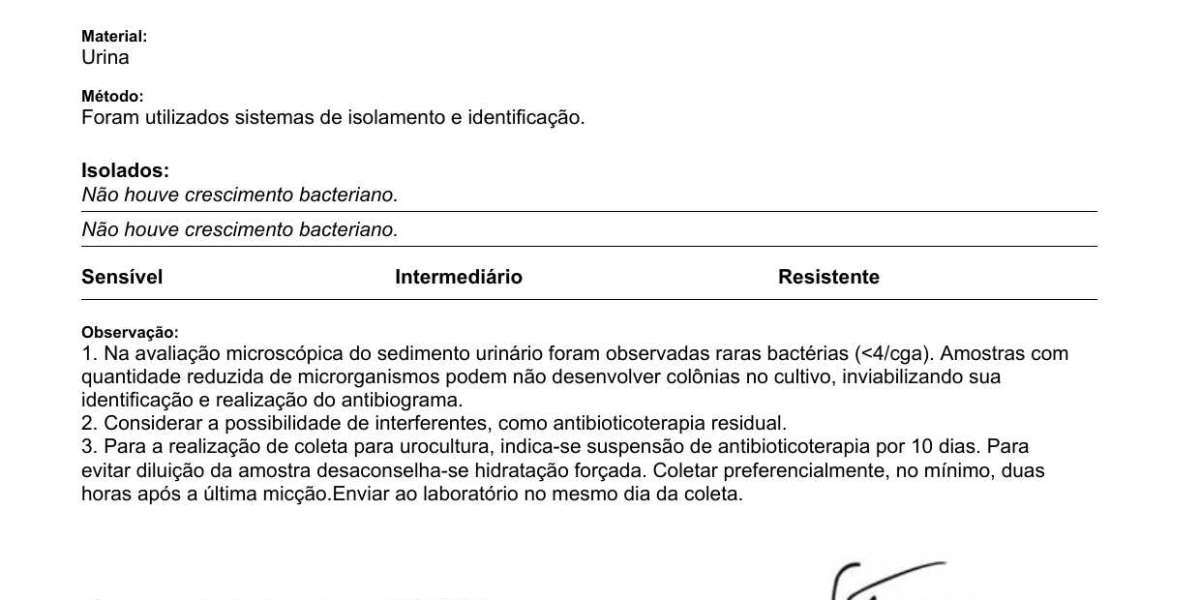Introduction:
November 1919, Boston, Massachusetts. The vibrant South End neighborhood was abruptly transformed into a sticky, nightmarish landscape when a massive molasses tank exploded, unleashing a deadly flood of the sugary syrup. This cataclysmic event, known as the Molasses Flood, forever etched its mark on the city's history. The disaster's haunting echoes can still be felt today, serving as a grim reminder of the unpredictability of industrial accidents and the devastating consequences they can entail.
Detailed Description:
On January 15, 1919, a chillingly cold winter's day, the Purity Distilling Company's massive molasses tank stood imperiously in the heart of South End, Boston. This cylindrical behemoth, affectionately named the Molasses Tank, held a staggering 2.3 million gallons of molasses, destined for the production of rum and industrial alcohol. Unbeknownst to the local residents, tragedy lurked just beneath the syrupy surface.
At around 12:30 pm, a thunderous explosion tore through the air, splitting the steel tank wide open. A 25-foot wave of thick, sticky molasses roared forth, cascading through the streets at a terrifying speed. Buildings crumbled under its relentless force. The wave, travelling at approximately 35 miles per hour, swept away everything in its path: men, women, horses, and carts.
Panic ensnared the neighborhood as survival instincts kicked in. People fought desperately to free themselves from the suffocating embrace of the thick syrup. It was a hopeless struggle for many. The molasses solidified quickly, trapping those who were unable to extricate themselves. Their terrified screams filled the air as the landscape transformed into a macabre tableau of destruction and despair.
Rescue efforts were swiftly initiated, with an outpouring of support from neighboring communities. Brave individuals waded through the treacherous molasses, risking their lives to pull survivors to safety. Firefighters, police officers, and ordinary citizens delved into the sticky abyss, battling exhaustion and grief to save as many lives as they could.
In the aftermath, the extent of the devastation became apparent. Twenty-one people had perished, ranging from children to adults, with numerous others injured or displaced from their homes. Streets and buildings were left in ruins, stained with a dark residue and filled with the pungent aroma of molasses.
Investigations into the incident revealed a shocking truth. The tank's construction had been hasty and without proper safety measures, causing it to be structurally unsound. The warm weather that followed the initial filling caused internal fermentation, generating a buildup of pressure that ultimately resulted in the catastrophic explosion.
The Molasses Flood left an indelible mark on the collective memory of Boston. It prompted significant changes in the field of industrial regulation, spurring the creation of stricter safety standards and enforcement protocols. To this day, the South End stands as a testament to the resilience and spirit of a community that weathered a truly extraordinary disaster.







